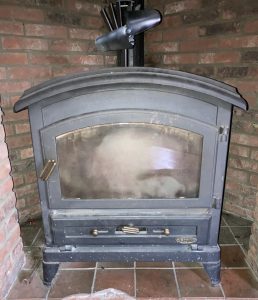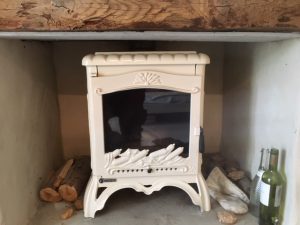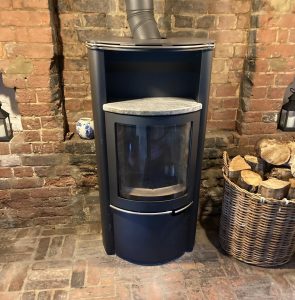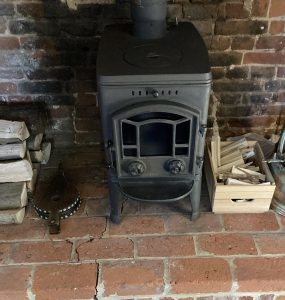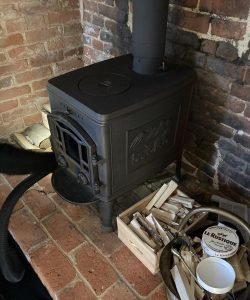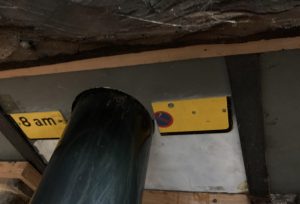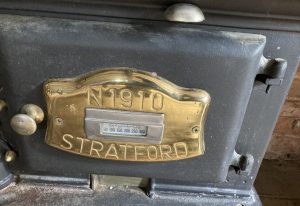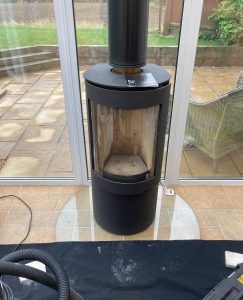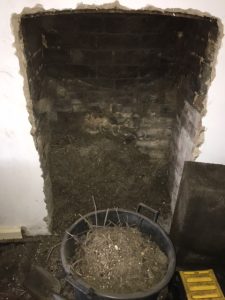
Jackdaw nests, the Ashworth of every chimney sweeps working life! Dirty and time consuming to remove; I have taken a couple out of chimneys in the area during the past week. It still amazes me just how much nest material Jackdaw’s can post down a chimney in a single season. The material they use is in the main sticks of various sizes, but can also include soil, moss, feathers, dead Jackdaws, droppings, paper, animal fur and anything else they can get their beaks on! This one in the photo is at an address in Radwinter.
Why do Jackdaws build nests in chimneys? The simple answer is that chimneys offer ideal place to set up home owing to the warmth and shelter that they provide.
There is a famous poem about the Jackdaw by William Cowper, written in the 1700. Cowper was a local Hertfordshire man.
The Jackdaw
There is a bird who, by his coat
And by the hoarseness of his note,
Might be supposed a crow;
A great frequenter of the church,
Where, bishop-like, he finds a perch,
And dormitory too.
Above the steeple shines a plate,
That turns and turns, to indicate
From what point blows the weather.
Look up — your brains begin to swim,
‘Tis in the clouds — that pleases him,
He chooses it the rather.
Fond of the speculative height,
Thither he wings his airy flight,
And thence securely sees
The bustle and the rareeshow,
That occupy mankind below,
Secure and at his ease.
You think, no doubt, he sits and muses
On future broken bones and bruises,
If he should chance to fall.
No; not a single thought like that
Employs his philosophic pate,
Or troubles it at all.
He sees that this great roundabout,
The world, with all its motley rout,
Church, army, physic, law,
Its customs and its businesses,
Is no concern at all of his,
And says — what says he? — Caw.
Thrice happy bird! I too have seen
Much of the vanities of men;
And, sick of having seen ’em,
Would cheerfully these limbs resign
For such a pair of wings as thine
And such a head between ’em.
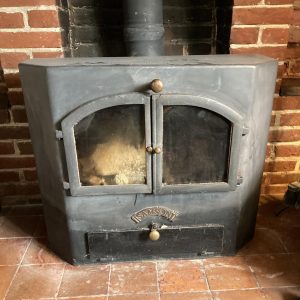
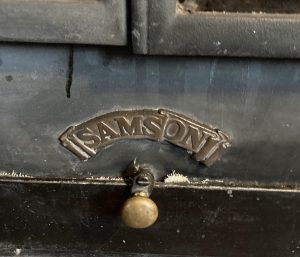


 My name is Paddy McKeown, I am a retired police officer (Detective Sergeant – Metropolitan Police), turned chimney sweep. I have completed training with ‘The Guild of Master Chimney Sweeps’, and Rod Tech UK (Power Sweeping).
My name is Paddy McKeown, I am a retired police officer (Detective Sergeant – Metropolitan Police), turned chimney sweep. I have completed training with ‘The Guild of Master Chimney Sweeps’, and Rod Tech UK (Power Sweeping).
